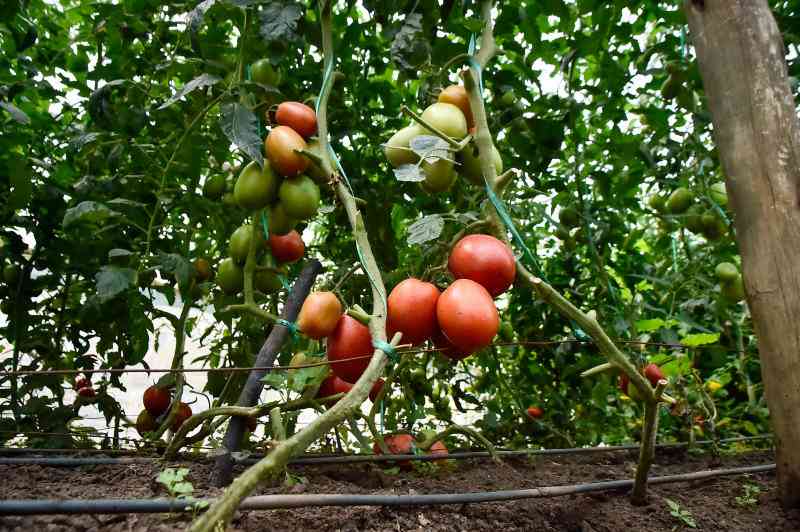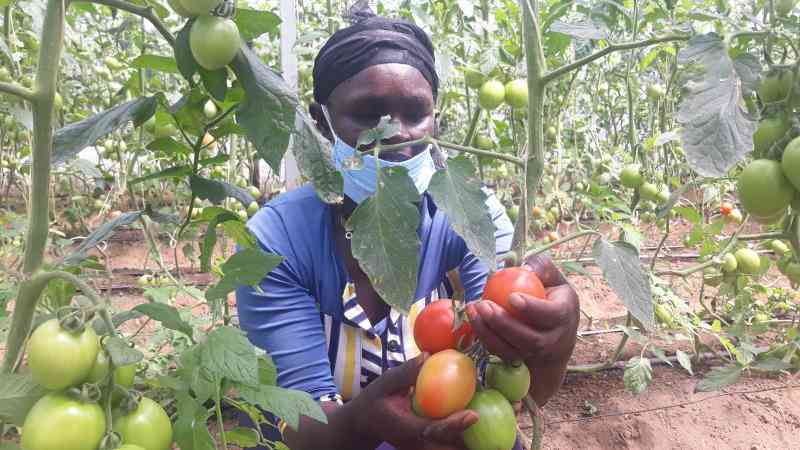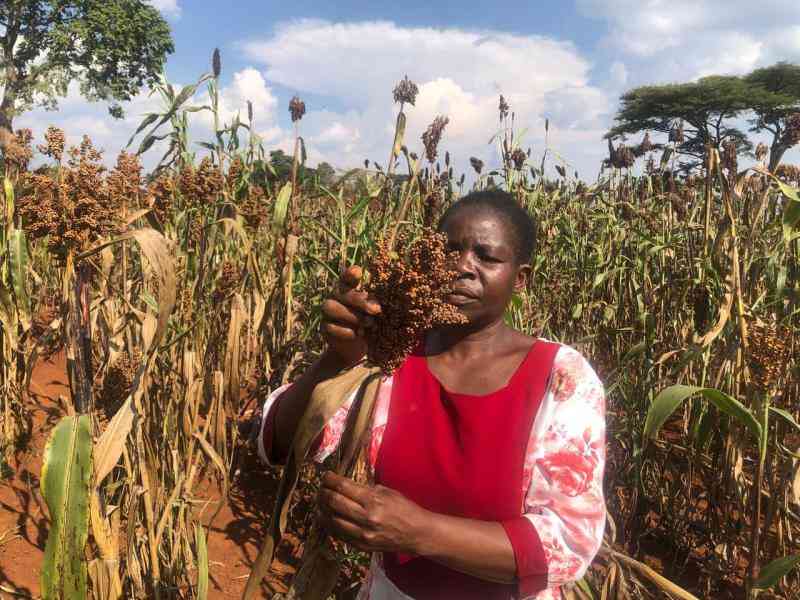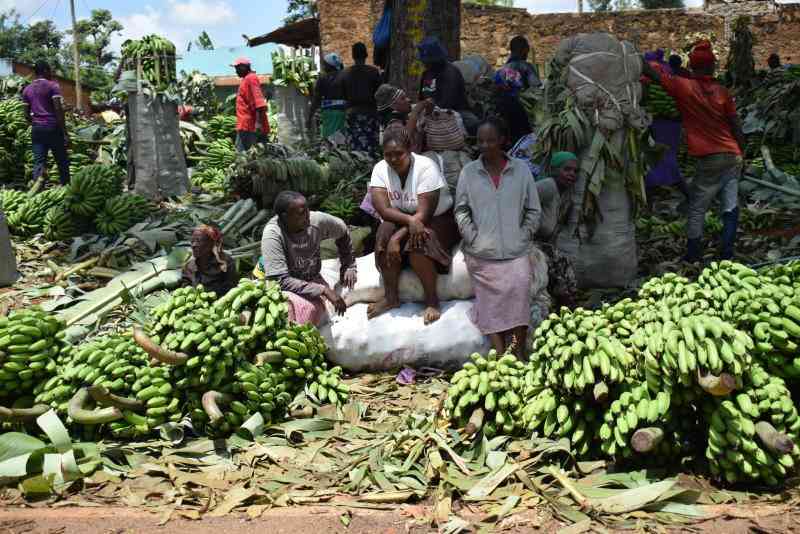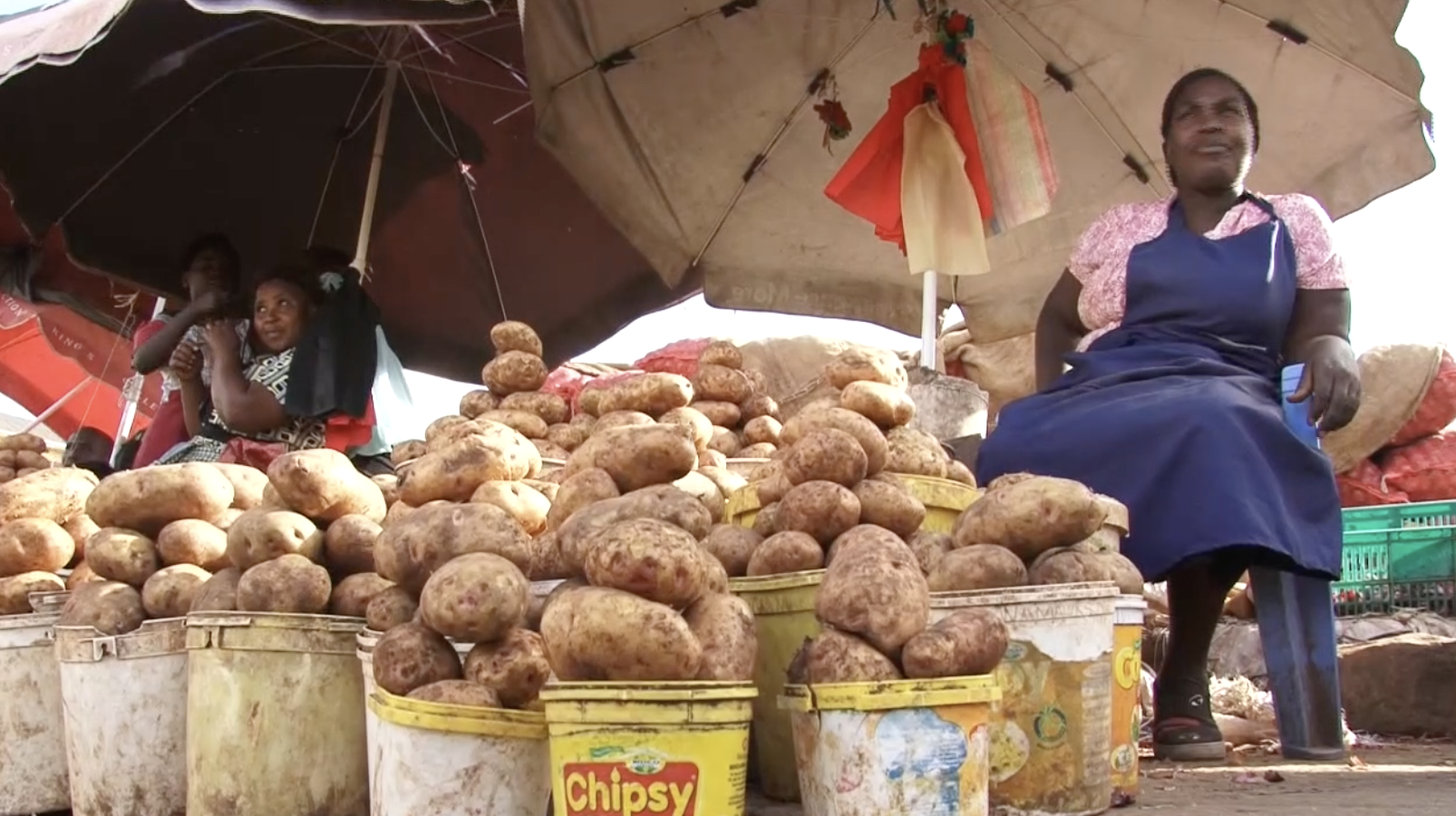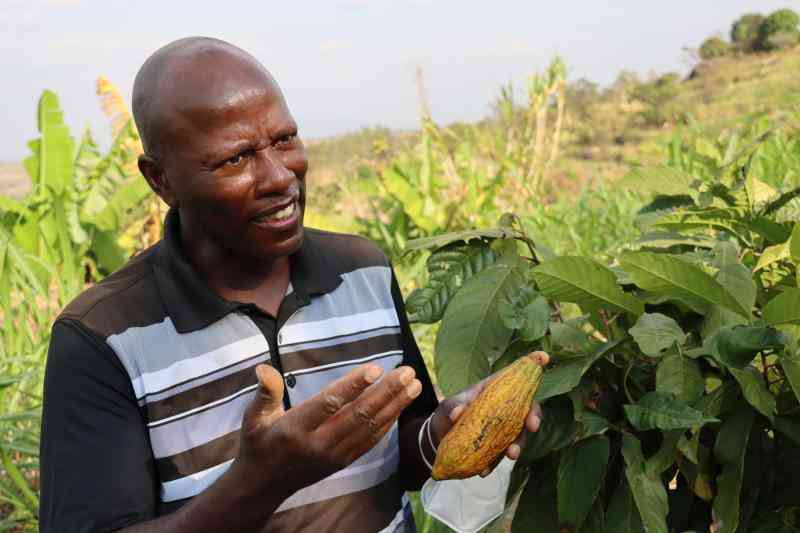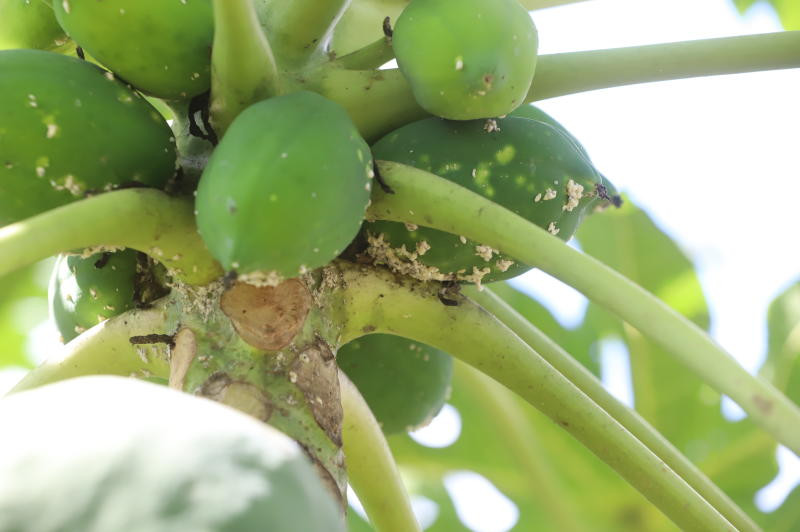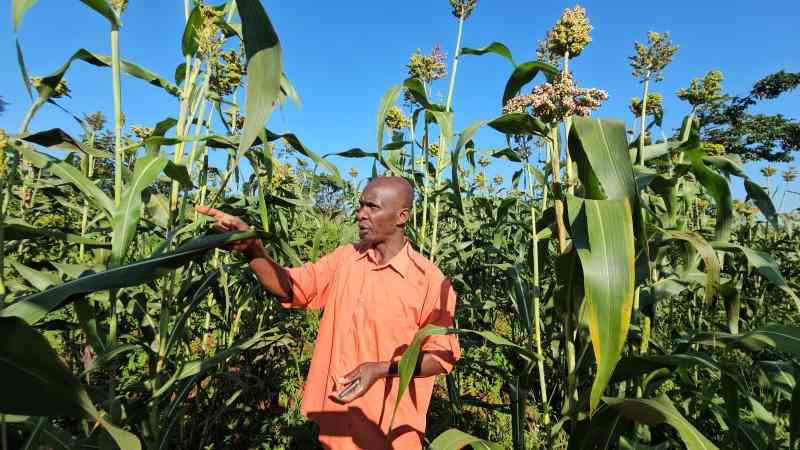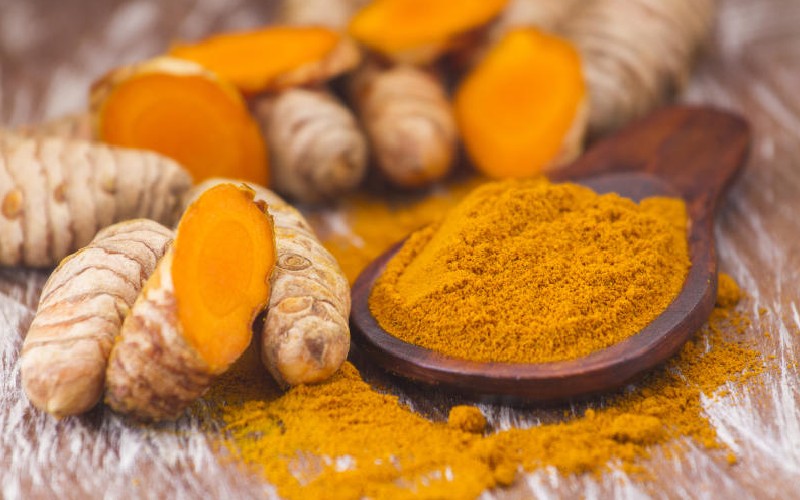
Choosing to grow a high-value but less cultivated crop in Kenya like turmeric makes it a profitable venture for farmers. Known as the golden spice of life, turmeric is slowly spreading its roots in Kenya, mainly due to its health benefits.
Medical News Today says curcumin, the active ingredient in turmeric, has powerful biological properties that can manage chronic pain and inflammation. According to Henry Kimani, a farmer from Tigoni, Kiambu, turmeric is a major rhizomatous spice originating from India. It is used as a condiment, dye and medicine. He shares tips on growing it.
Varieties
Kimani cultivates the Cim Pitamber turmeric variety from India. “The variety has curcumin (a highly needed anti-inflammatory compound) of 12.5 per cent, the highest yield also of 2.5 metric tonnes per half an acre and early maturity of 180 to 190 days,” said Kimani. Other varieties include Swarna, Sudarshana, Suguna, BSR 1, Krishna, Rajendra Sonia, BSR 2, Allepy finger turmeric, Ranga and Waigaon among others.
Ecological Requirements
Turmeric can be grown in diverse tropical conditions. They require rainfall of about 1,500mm or more per year or grown under irrigation in dry zones. The ideal temperature range is 20° to 35°C. Well-drained sandy loam soils rich in organic matter are the most suitable, with pH of between 5.5 and 7.8.
Planting
Whole or split mother rhizomes are used for planting and well-developed healthy and disease-free rhizomes are ideal. Small pits are made with a hand hoe in the beds in rows with a spacing of 25cm by 30cm and covered with soil. The optimum spacing in furrows and ridges is between 45 to 60cm between the rows and 25cm between the plants.
Crop rotation
Turmeric can be grown in rotation with chilli, onion, garlic, pulses, wheat and maize. “It is cultivated as a subsidiary crop to ginger in some areas and in other areas with chilli and quick growing vegetables.”
Fertiliser application
If you need to use fertiliser, use TSP 40kg per acre, top-dress one month later with urea at 25kg per acre and top-dress again three months later with urea at 25kg per acre.
Weeding
The first weeding is done a month after planting and the second three months later. Mulching can be done at weeding to conserve moisture.
Pest and Diseases
Common pests include shoot borer, leaf roller and rhizome scale. Common diseases include leaf blotch, leaf spot and rhizome rot. Leaf spot, rhizome rot and leaf blotch can be controlled by restricted use of recommended chemicals at the time of planting and through the season. “If shoot borer incidence is noticed, such shoots may be cut open and larvae picked out and destroyed. If necessary, neem oil may be sprayed after every two weeks.”
Harvesting
Early varieties mature in seven to eight months and others between eight to nine months. The crop is ready for harvesting when the leaves turn yellow and start drying up. At the time of maturity, leaves are cut close to the ground, the land is ploughed and rhizomes gathered by hand-picking or the clumps are carefully lifted with a spade. The picked rhizomes are collected and cleaned. The mother and finger rhizomes are separated.
Market
Kimani said there is market for turmeric in Kenya both locally and internationally. His market is mainly the local markets, groceries and referrals. Wholesale price of turmeric is about Sh560 per kg.
 The Standard Group Plc is a multi-media organization with investments in media platforms spanning newspaper print
operations, television, radio broadcasting, digital and online services. The Standard Group is recognized as a
leading multi-media house in Kenya with a key influence in matters of national and international interest.
The Standard Group Plc is a multi-media organization with investments in media platforms spanning newspaper print
operations, television, radio broadcasting, digital and online services. The Standard Group is recognized as a
leading multi-media house in Kenya with a key influence in matters of national and international interest.

